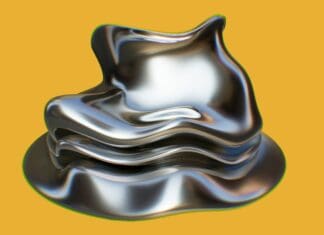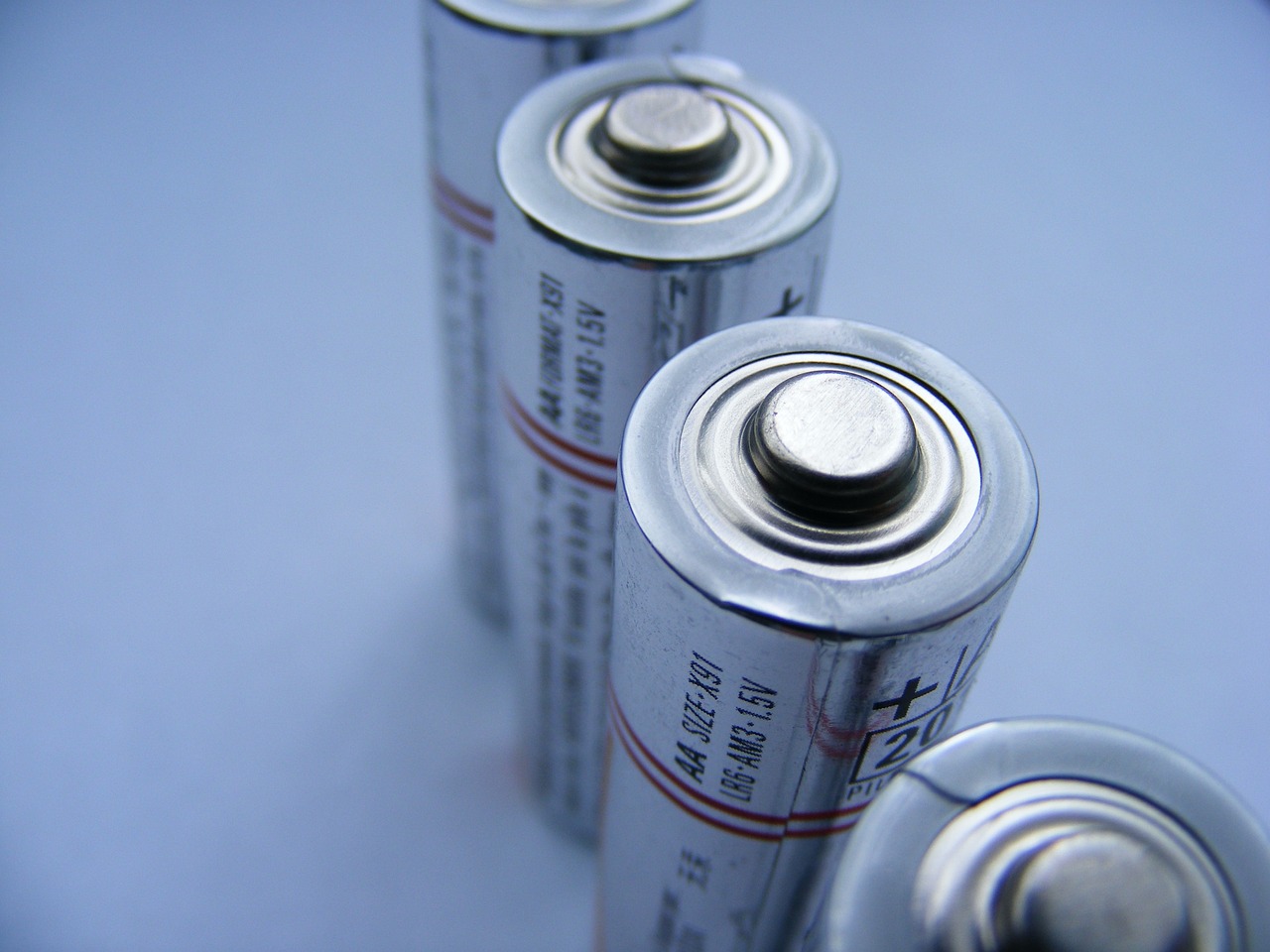This post is also available in:
 עברית (Hebrew)
עברית (Hebrew)
A newly developed stealth material from Zhejiang University in Hangzhou, China could pose a challenge to next-generation missile defense systems, including the new U.S. “Golden Dome.” Capable of evading both infrared and microwave detection, the material is engineered to withstand extreme temperatures, making it highly suitable for high-speed military platforms such as missiles and hypersonic aircraft.
The innovation addresses a longstanding limitation in existing stealth coatings: thermal instability. Many stealth materials lose effectiveness or degrade structurally when exposed to high temperatures generated by aerodynamic friction or engine exhaust. In contrast, this new material maintains its performance at temperatures reaching 700°C, according to South China Morning Post.
One of the key strengths of the material lies in its multispectral capabilities. It reduces radiation signatures across a broad spectrum—including short-wave (SWIR), mid-wave (MWIR), and long-wave infrared bands, as well as microwave frequencies. Lab tests revealed a marked reduction in thermal emissions: at peak heat, radiation intensity dropped by 63.6% in the MWIR range and by 37.2% in the SWIR band compared to standard blackbody radiation benchmarks.
In addition to masking emissions, the material demonstrates exceptional heat dissipation. This further reduces its infrared footprint and enhances survivability by minimizing visibility to infrared tracking systems, even during high-speed maneuvers.
Structurally, the stealth layer is a composite featuring multilayer films integrated with a microwave metasurface, according to Interesting Engineering. The topmost film acts as a moisture-resistant barrier, while the underlying layers ensure durability and tight adherence to aircraft or missile exteriors. Precision laser-etching enables microwave transparency without compromising infrared suppression.
The material’s dual stealth functionality—effective across both infrared and microwave domains—coupled with high thermal tolerance, marks a significant step forward in counter-detection technology. If integrated into operational platforms, it could challenge the efficacy of advanced detection systems like the Golden Dome and shift the balance in aerial and missile defense scenarios.


























